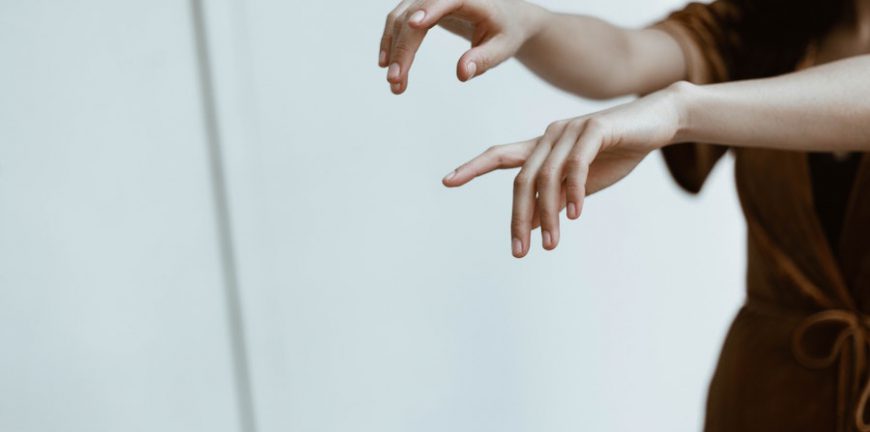
EXPLORING EMOTIONS FROM A CREATIVE LENS
2020 has been nothing short of an absolute disaster and hence, it is no surprise that morale is at an all-time low. Feelings of hopelessness, anxiety and sadness are quickly settling in and any kind of motivation is hard to come by. However, various creative arts such as dance, poetry, music and writing can help to counter these overwhelming feelings. Whether we’re rekindling our old hobbies or discovering new ones during this pandemic, creative arts have played an inevitable role in our lives, especially during the lockdown.
It is extremely important that a sense of appreciation for creative arts is inculcated right from the very childhood. This will not only benefit in making children more empathetic towards their peers and more attentive in their lessons at school but will also kindle curiosity for skills outside the academic arena. Whether it is getting your kids to show an interest in art and crafts, music or reading, all these serve as an outlet for your child to express themselves and their emotions. There have been countless instances where children were initially afraid to open up about their feelings to their teachers or guardians, and helping them to express their feelings through various forms of art has proven to be very effective. This is especially important in issues such as child sexual abuse, where the underage victims often deal with debilitating PTSD due to the aftermath of the event. This leads to the victims being unable to face the perpetrators in court to testify against them. In order to combat this in addition to providing a safe and protected environment for these children, many therapists have adopted methods of holding separate counselling sessions for them. By doing so, children feel more comfortable while being surrounded by familiar objects and speak freely about the incident. Oftentimes, when they are too overwhelmed or distressed to talk about the incident, drawing it instead provides an excellent medium and a way for them to express their feelings openly and without the fear of any judgment.
Moving on to other forms of creative art such as dance and movement, it is apparent that countless dancers use this medium to express themselves in a way that cannot be articulated in words. Dance or movement therapy, beneficial for both physical and mental health greatly helps in reducing stress levels as well as mood and emotion regulation and management. In general, it promotes self-awareness, self-esteem and, most importantly, a safe space for dancers to express their feelings. It has also been widely used in the past as a way to combat body image issues, trauma, domestic violence abuse, anxiety, depression and even communication issues or family conflicts. A study from the American Journal of Dance Therapy (2004), in which 54 students participated in a dance therapy violence prevention program, found that aggression among participants decreased and pro-social behaviors increased. A typical dance therapy session includes warm-ups, observation, assessing and verbal processing, in addition to warm-down procedures at the end of each session. The key principles are:
- That the mind as well as the body are deeply connected with each other
- Movement and therapy through dance can greatly influence your personality
- Non-verbal means are an essential aspect of dance therapy
- Oftentimes, it is the subconscious movements that are the most effective in terms of the treatment
- Experimentation with vastly different styles of dance and dance therapy is important for the growth and development of the individual
Dance therapy is very different from normal dance. A licensed dance therapist can help to provide a safe space for you to express your emotions and very often, the movement goes far beyond exercise, as a language, a way to communicate. This is achieved through a variety of “non-verbal vocabulary”, which is mainly focused on moving physically as opposed to words. It usually involves jumping rhythms, mirroring and movement metaphors.

Music is also an inherent, essential part of our lives, whether we’re listening to other artists, creating our own music or emulating other artists. While it comes as no surprise that listening to sad music negatively influences our mood, a recent study by Durham University has shown that even sad music can have an upbeat and pleasurable effect on our mood. This genre of music sometimes even works as a substitute for the empathy and comfort of a friend. Upbeat and happy music evidently has a positive effect on our minds, as proven by a 2013 study in the Journal of Positive Psychology. It also has a myriad of benefits, such as alleviating pain and reducing the aftermath of physical pain. The Lancet even found that those who listened to and actively picked out the music they wanted to listen to before their surgery reported much less pain and anxiety post the surgery as compared to those who did not listen to any kind of music. Creating music is also an effective form of therapy. An orchestra that was created for people with dementia at the Bournemouth University Dementia Institute has helped to change public perception of those with dementia, enhanced collaborative efforts, bettered communication skills and made many life-long friendships.
So what’s the best way to beat lockdown blues? To get creative, of course!
